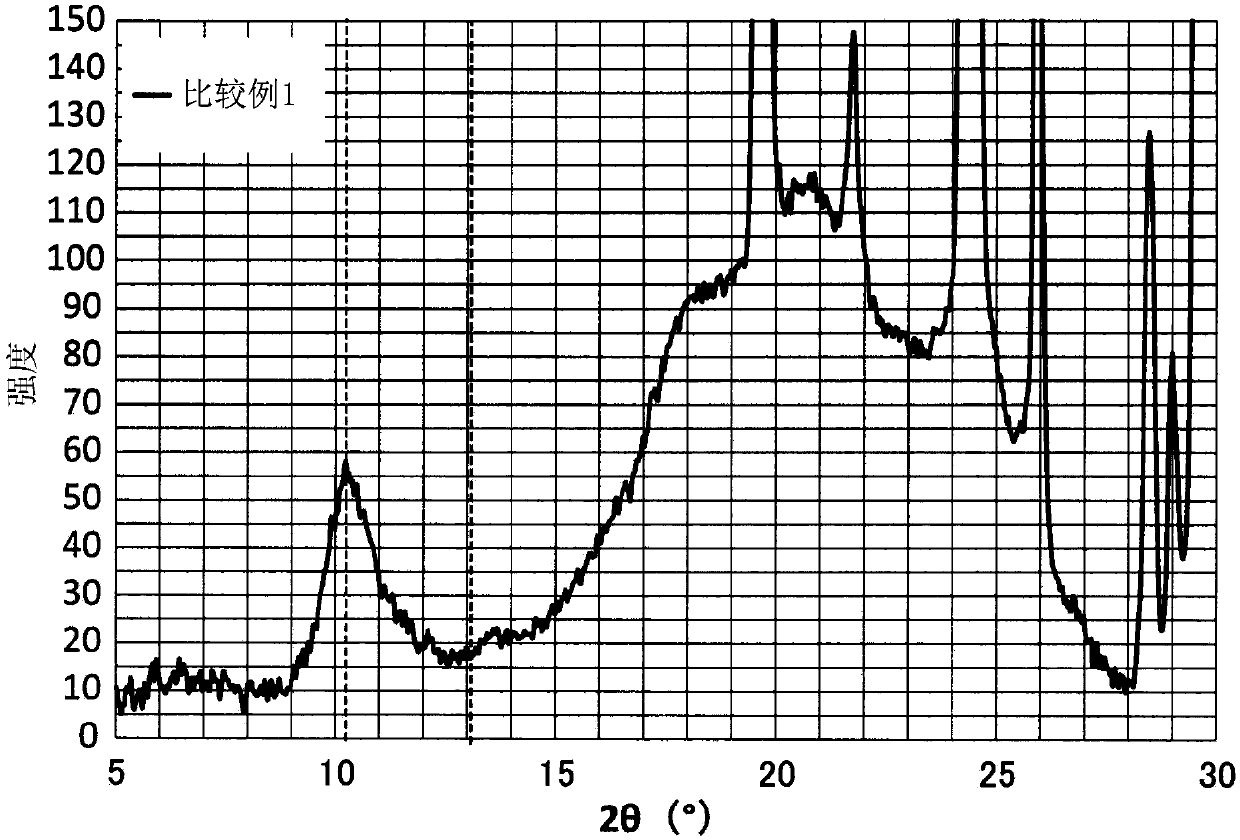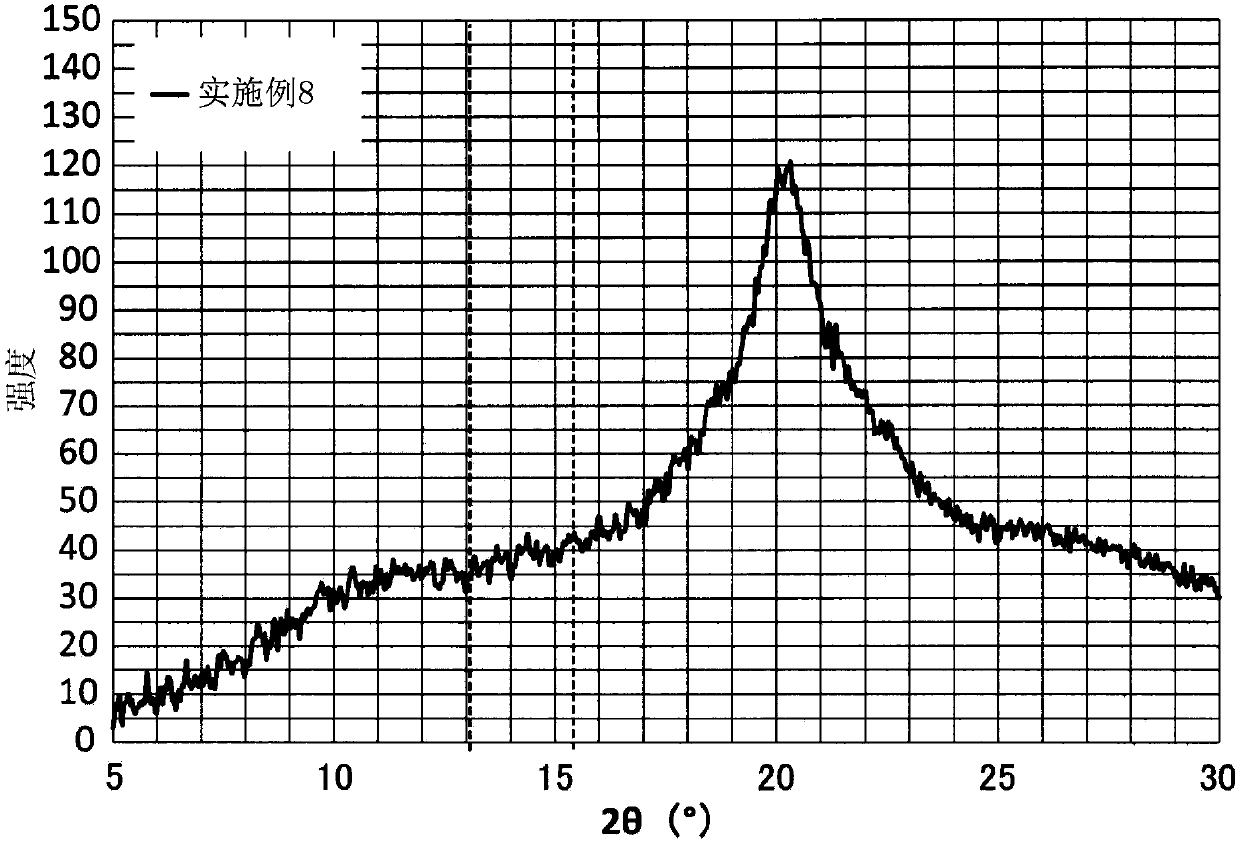Asahi chemical ind
A gas separation membrane and post-analysis technology, applied in gas treatment, separation methods, semi-permeable membrane separation, etc., to achieve high separation performance and high transmission rate
- Summary
- Abstract
- Description
- Claims
- Application Information
AI Technical Summary
Problems solved by technology
Method used
Image
Examples
Embodiment 1
[0146] 4 g of chitosan was added to a plastic bottle containing 2 g of acetic acid and 94 g of distilled water and stirred overnight to dissolve it. After dissolution, the obtained aqueous solution was pressure-filtered with a filter having a pore diameter of 5 μm to remove insoluble impurities. The filtered aqueous solution was allowed to stand for 24 hours to defoam. Thereafter, the aqueous solution was spread on a glass plate, and the coating film thickness was adjusted using a doctor blade to control the coating thickness to 1,250 μm. For the obtained coating film, it was dried at 80°C for 3 hours, then immersed in a 0.8M sodium hydroxide solution (solvent is a mixed solvent of ethanol:water=80:20 (volume ratio)) for 3 days, and then placed in Soak in distilled water for 24 hours. Thereafter, it was immersed in a 7M silver nitrate aqueous solution for 72 hours, thereby obtaining a gas separation membrane containing silver atoms. In this example, no drying was performed af...
Embodiment 2~4 and comparative example 1
[0152] As in Example 1 above, the gas separation membrane was produced by the same method as in Example 1, except that the temperature and time during the drying treatment after adjusting the thickness of the coating film with a doctor blade were respectively set as described in Table 1. , and evaluate it.
[0153] The results are listed in Table 1.
Embodiment 5
[0158] In the solution prepared by stirring a mixture of 55.2 parts by mass of ethylenediamine (anhydrous) and 44.8 parts by mass of potassium thiocyanate under nitrogen, add cellulose powder equivalent to 4 mass%, and stir at 60°C to make it Dissolved to obtain a solution. The obtained solution was pressure-filtered with a filter with a pore size of 5 μm to remove insoluble impurities, and then left to stand for 24 hours for defoaming. Thereafter, the solution was spread on a glass plate, and the coating thickness was adjusted using a doctor blade whose coating thickness was controlled at 1,250 μm. About the obtained coating film, it left still at room temperature for 72 hours, the solvent was removed, and the glass plate in which the film was formed was obtained. Then, the glass plate was immersed in a mixed solvent of ethanol:water=80:20 (volume ratio) for 3 days, and further immersed in distilled water for 24 hours, thereby peeling off the film from the glass plate.
[0...
PUM
| Property | Measurement | Unit |
|---|---|---|
| thickness | aaaaa | aaaaa |
| thickness | aaaaa | aaaaa |
| crystallinity | aaaaa | aaaaa |
Abstract
Description
Claims
Application Information
 Login to View More
Login to View More - R&D
- Intellectual Property
- Life Sciences
- Materials
- Tech Scout
- Unparalleled Data Quality
- Higher Quality Content
- 60% Fewer Hallucinations
Browse by: Latest US Patents, China's latest patents, Technical Efficacy Thesaurus, Application Domain, Technology Topic, Popular Technical Reports.
© 2025 PatSnap. All rights reserved.Legal|Privacy policy|Modern Slavery Act Transparency Statement|Sitemap|About US| Contact US: help@patsnap.com



